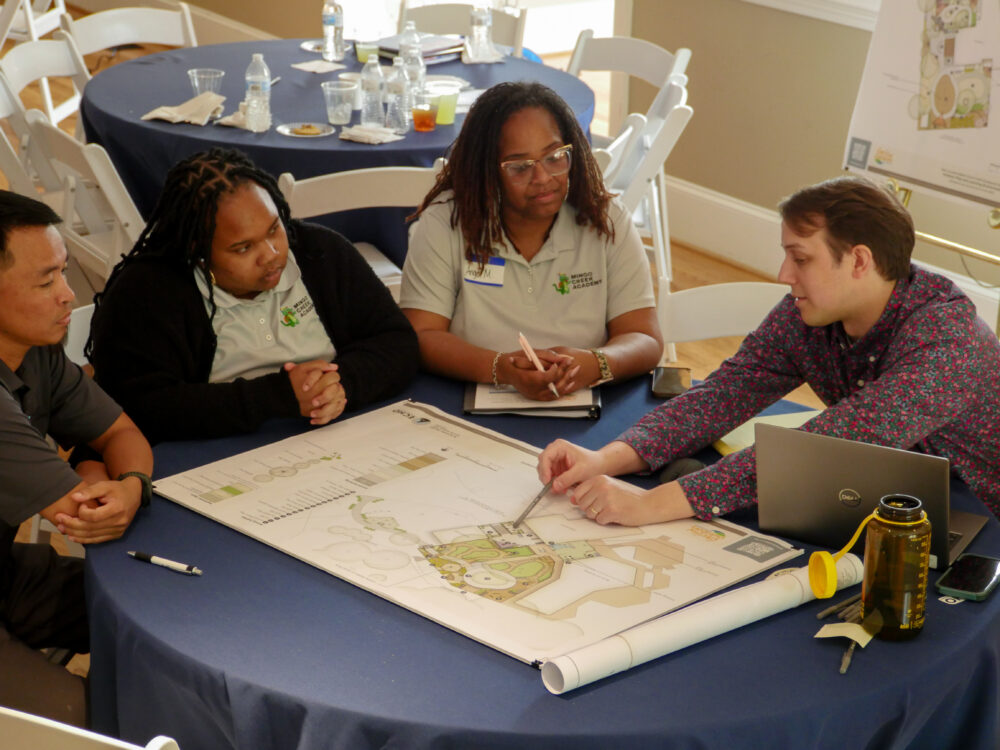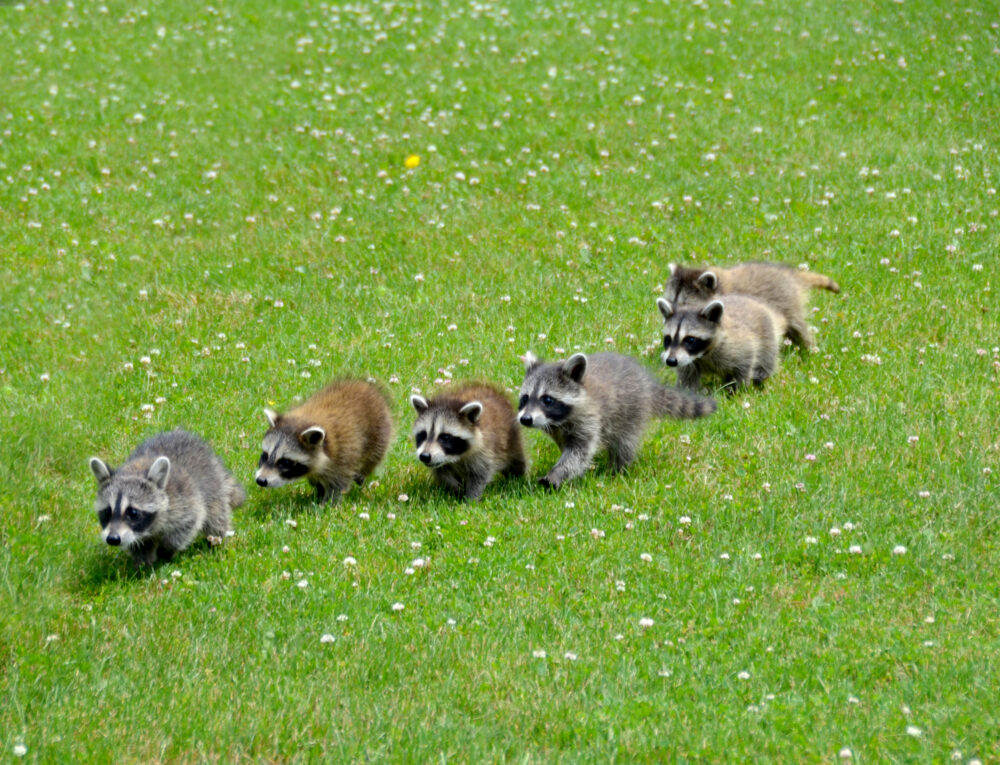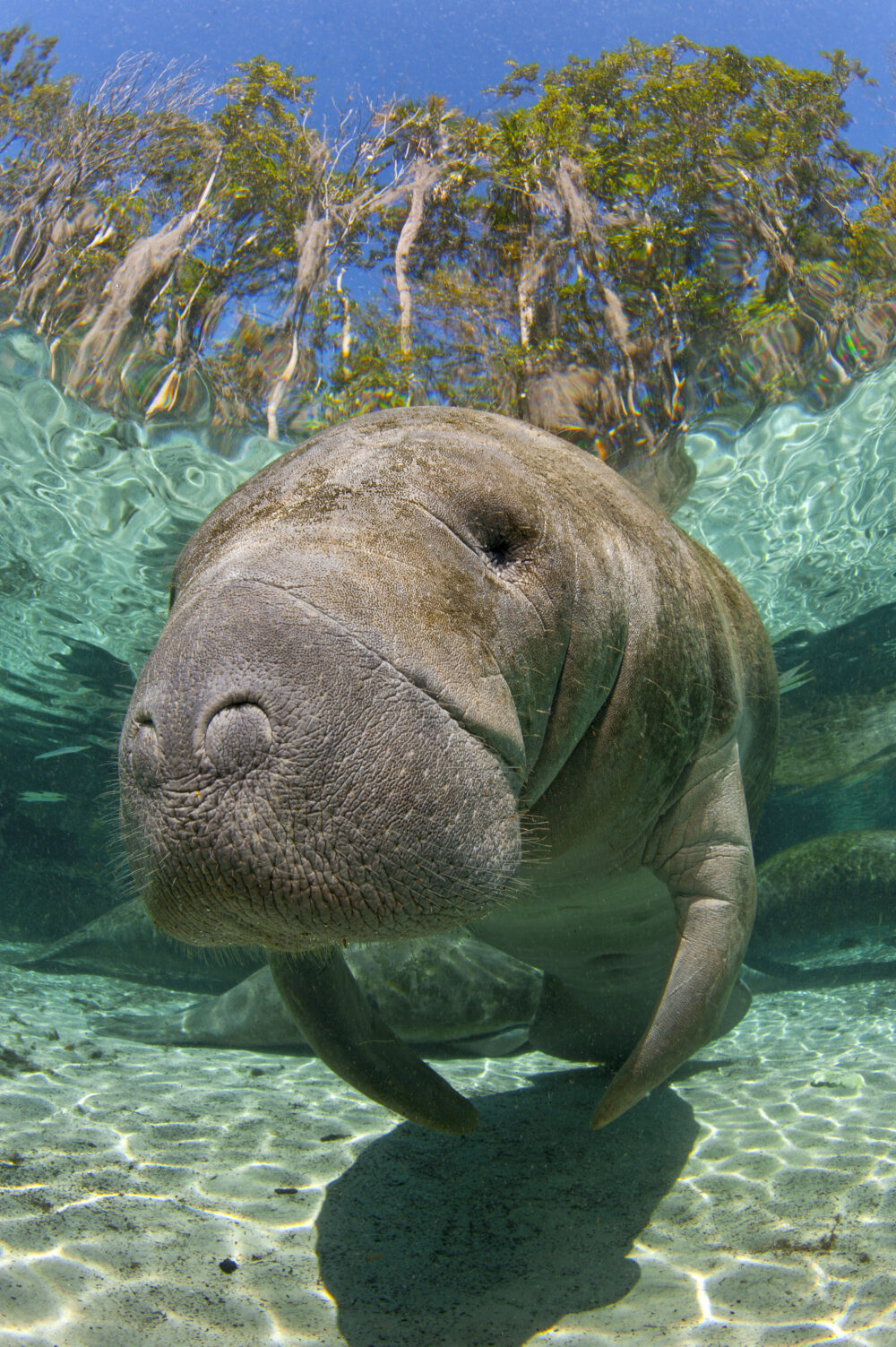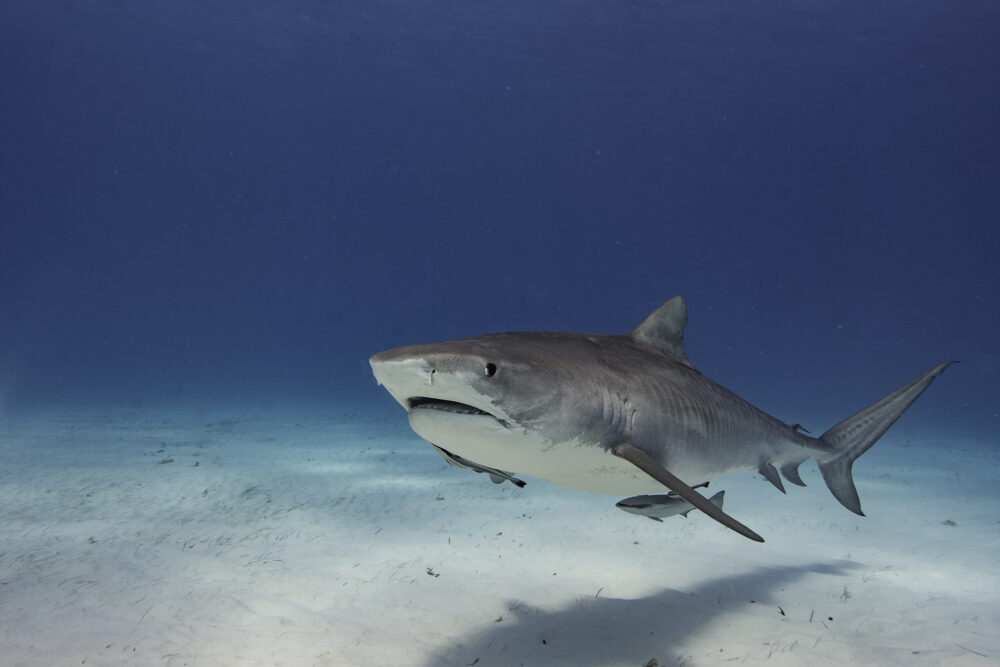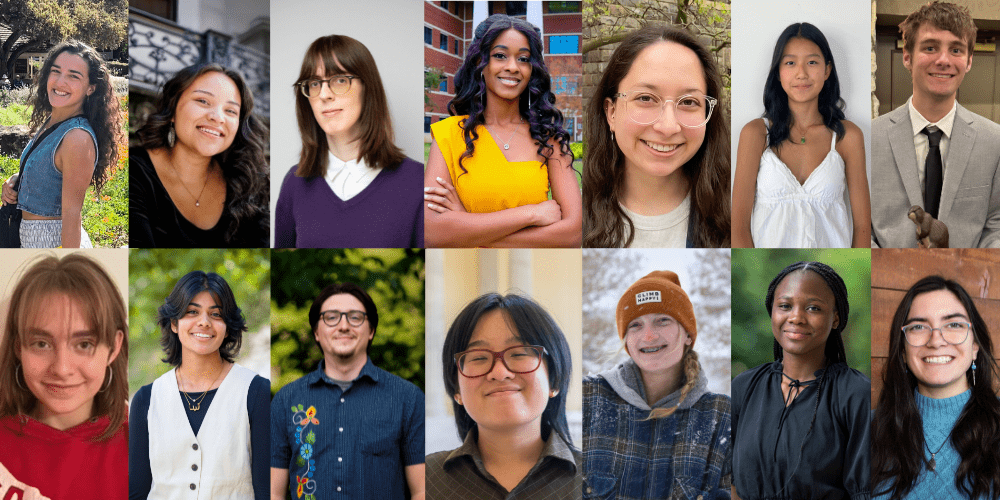We have much more to do and your continued support is needed now more than ever.
GUEST POST: An Amphibian Filled Field Trip
Liam McGranaghan teaches Environmental Science at Loudoun Valley High School in Purcellville, Virginia. He also teaches natural history field study classes on Birds of Prey and Reptiles/Amphibians for Audubon Naturalist Society cosponsored by the Graduate School in Washington D.C. He is an avid naturalist and nature photographer.
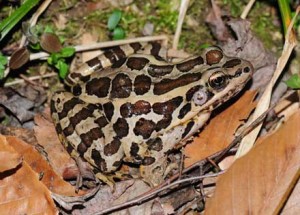
Upon arrival we were immediately greeted by the calls of spring peepers, a few upland chorus frogs and the trilling calls a couple of American toads. A brief walk to the old spring house revealed several pickerel frogs emerging from their long winter’s sleep along with a few juvenile spring salamanders hiding beneath an old plank on the bottom of the spring house. At the nearby farm pond the student s were able to listen to the “snoring” of a pickerel frog, no doubt warming up his vocal chords for the warm night ahead.
Spotting Spotted Salamanders and Wood Frogs
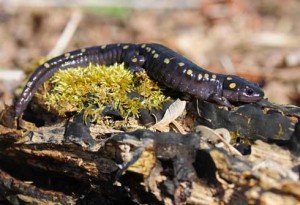
Deeper in the same pool the students also found what appeared to be cottony snowball -like masses attached to sticks along with some smaller clear jelly-like masses. They were the eggs of the Spotted and Jefferson salamanders. These large and lunged salamanders are vernal pool obligates, that need a fish free area in which to lay their eggs. I informed students that since it took longer for their eggs to hatch, they laid them in the deeper parts of the pool so they could remain covered with water until hatching several weeks from now.
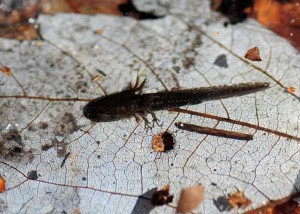
Amphibian Ambassadors
Unfortunately for the students, time was running short, so we had to head back to school. In all we identified nine amphibian species, five of which we saw and four of which we heard. My students were thrilled with the trip, with many asking to could go again. I felt like a winner, but I realized the real winners were the amphibians. They just gained 40 new ambassadors to their cause. Heading off to bed that night I thought about the day’s events and hoped I wouldn’t sound too much like the Pickerel frog as I drifted off to sleep.















